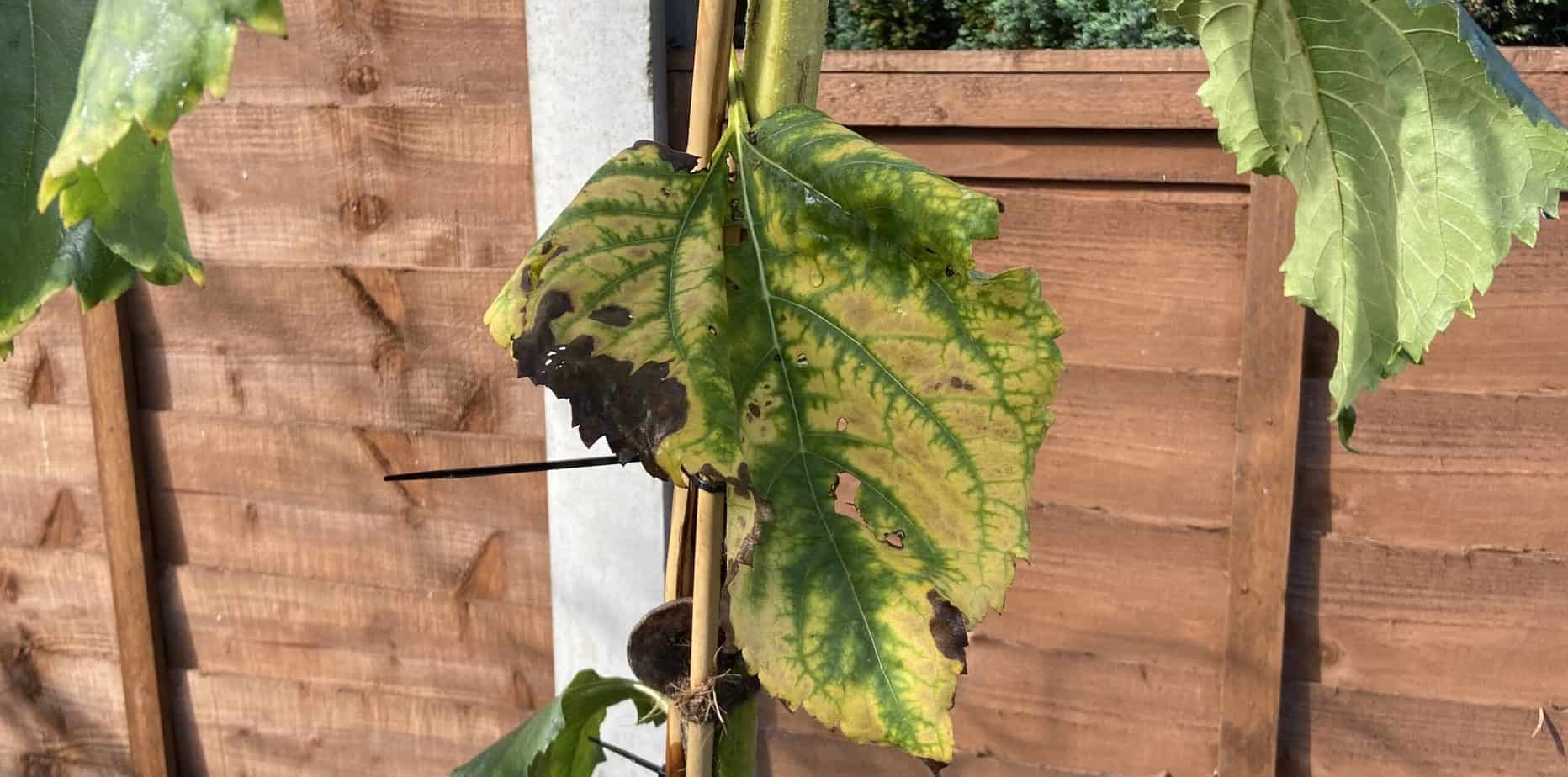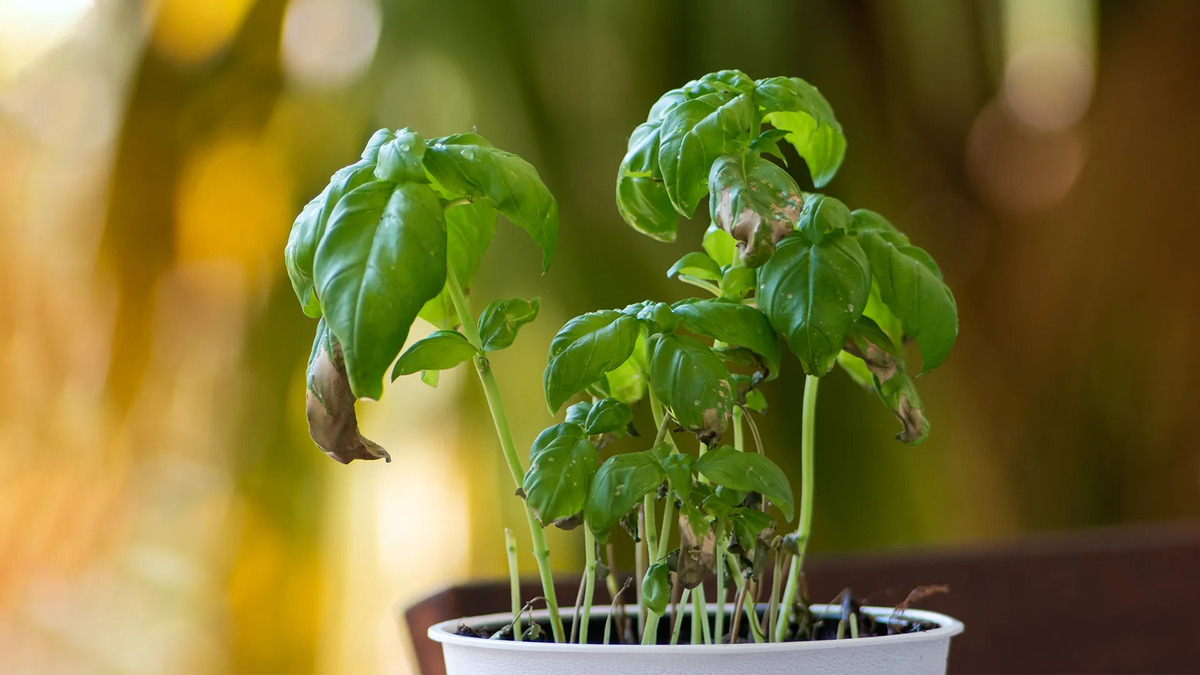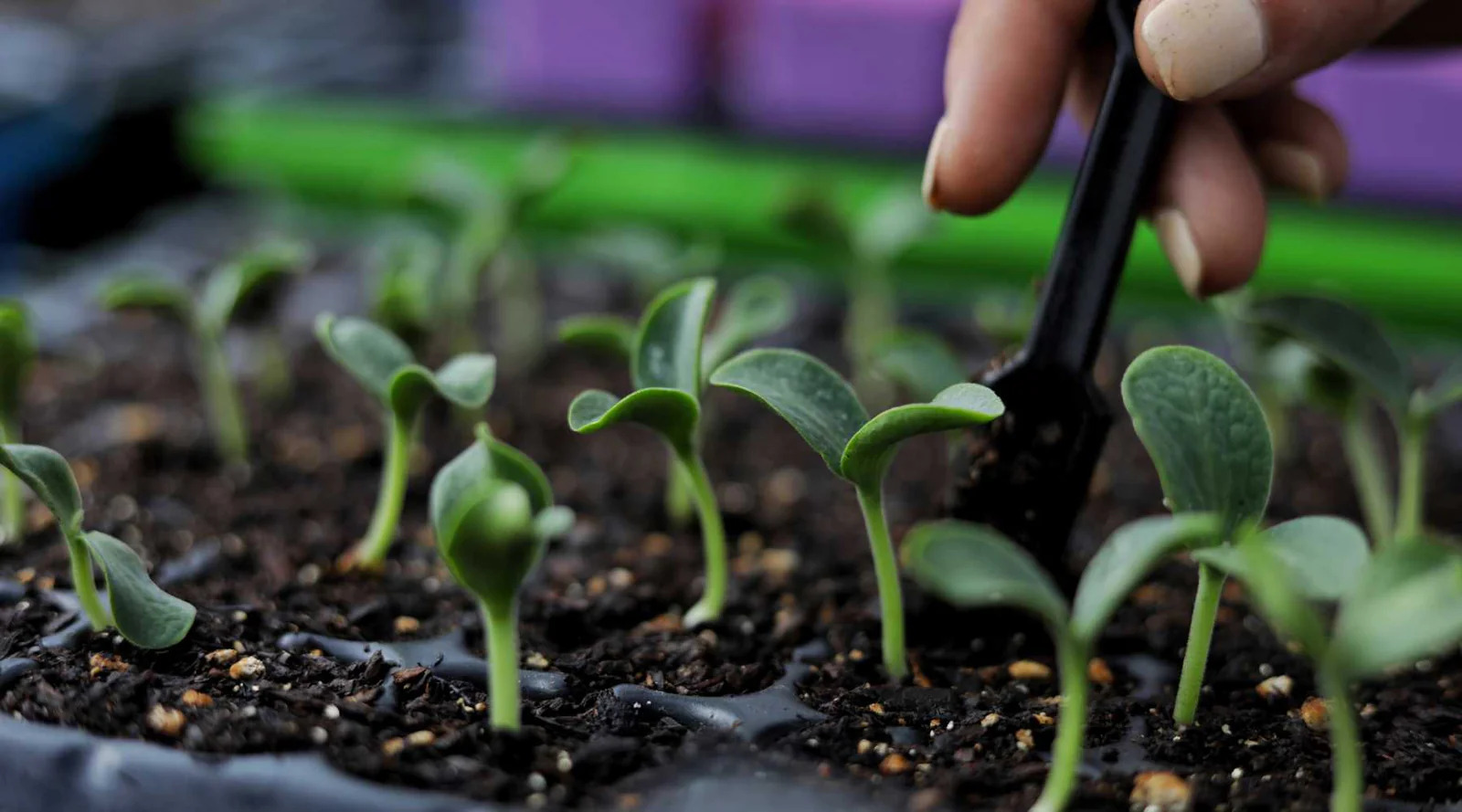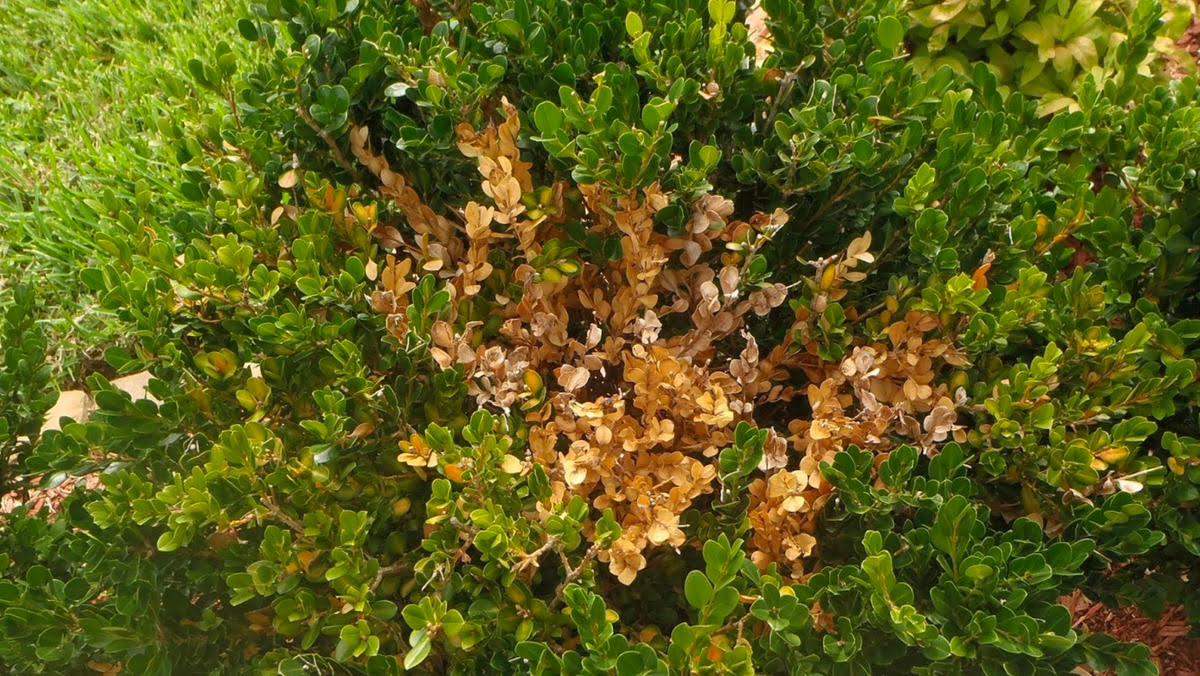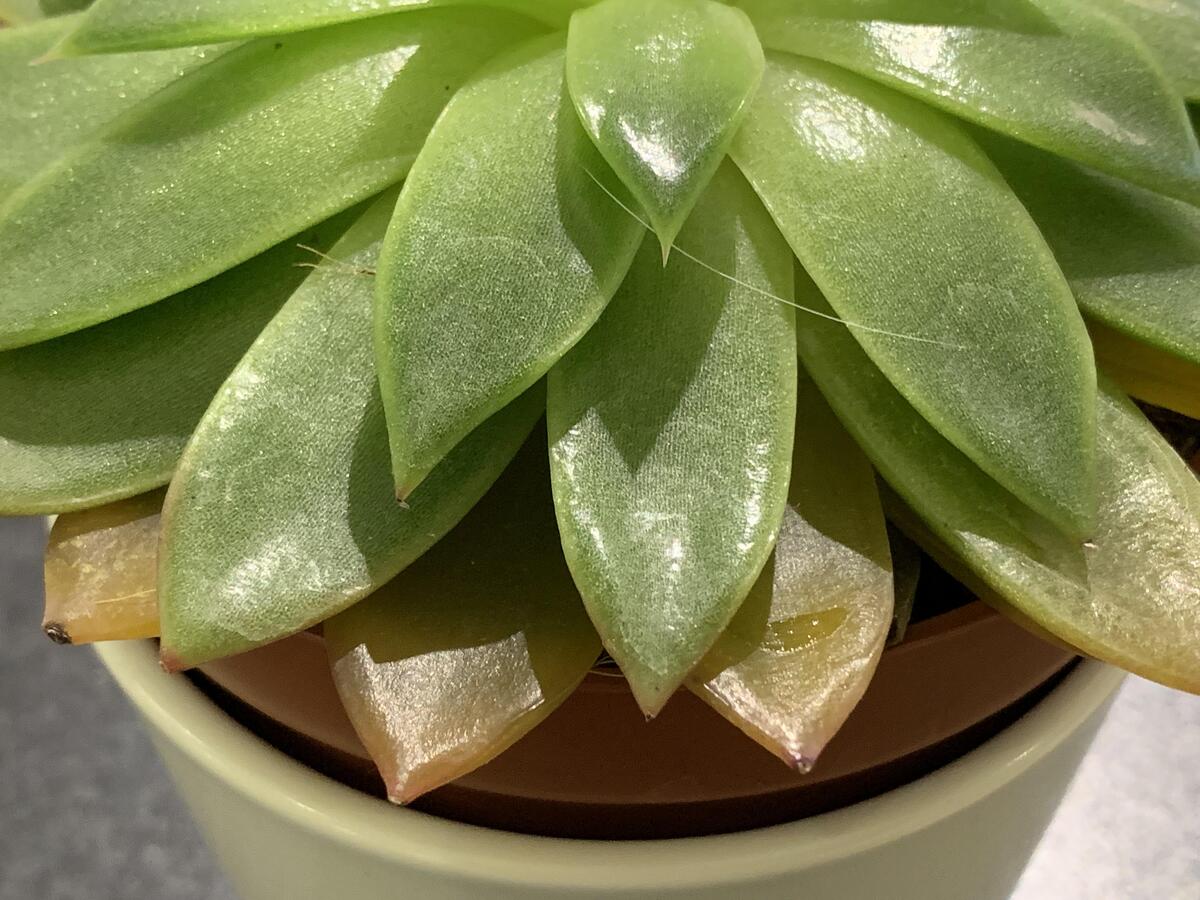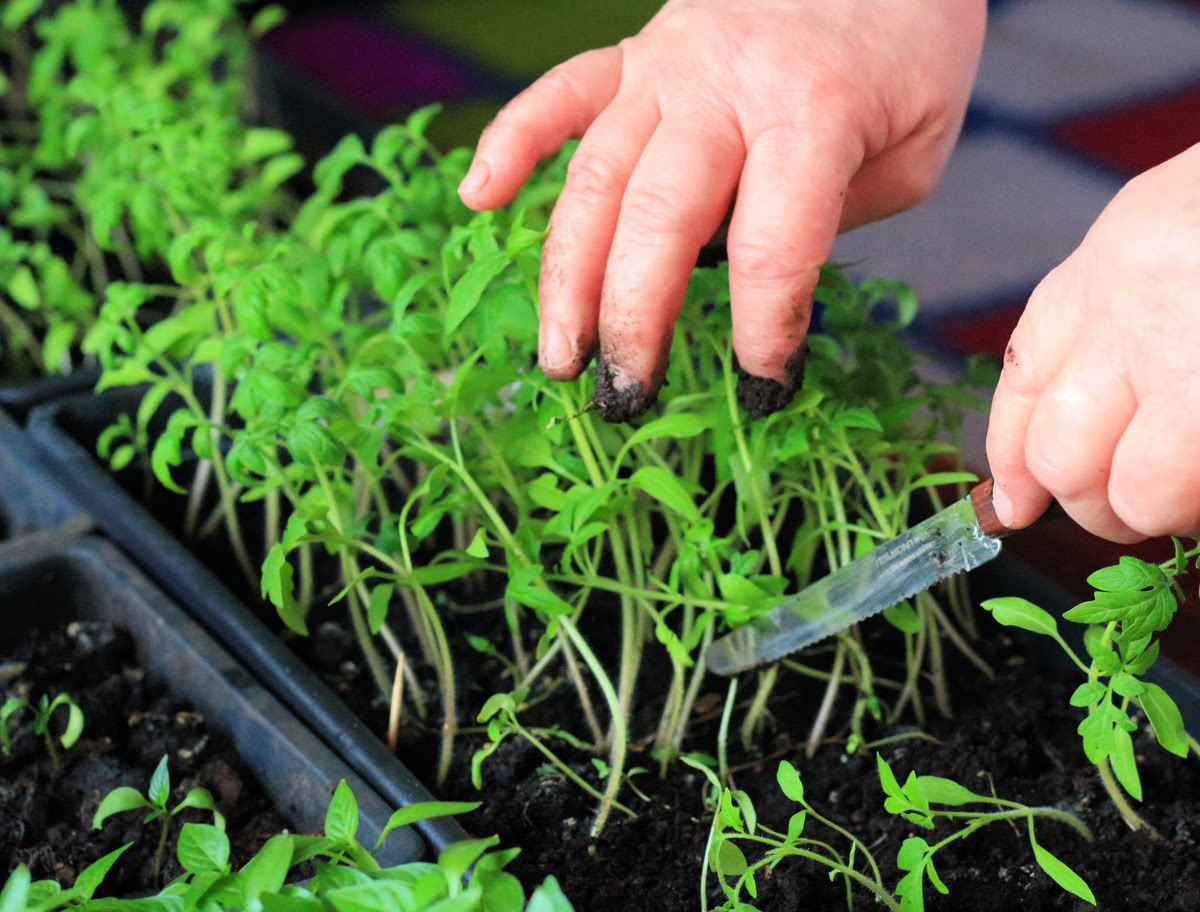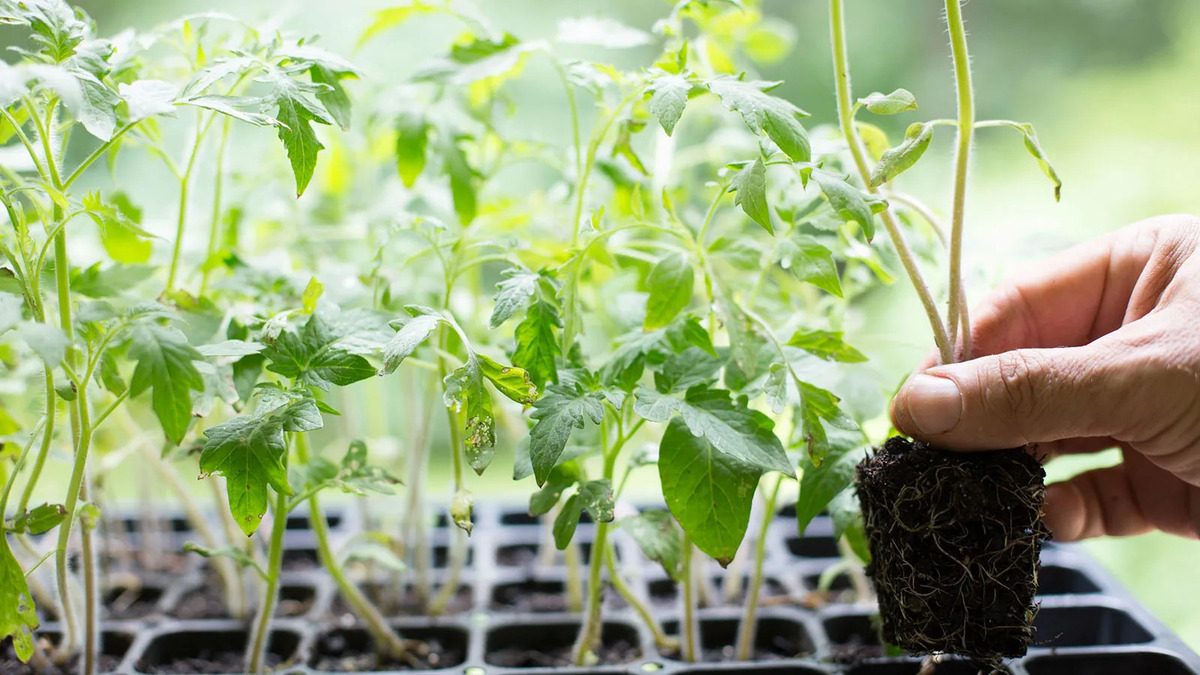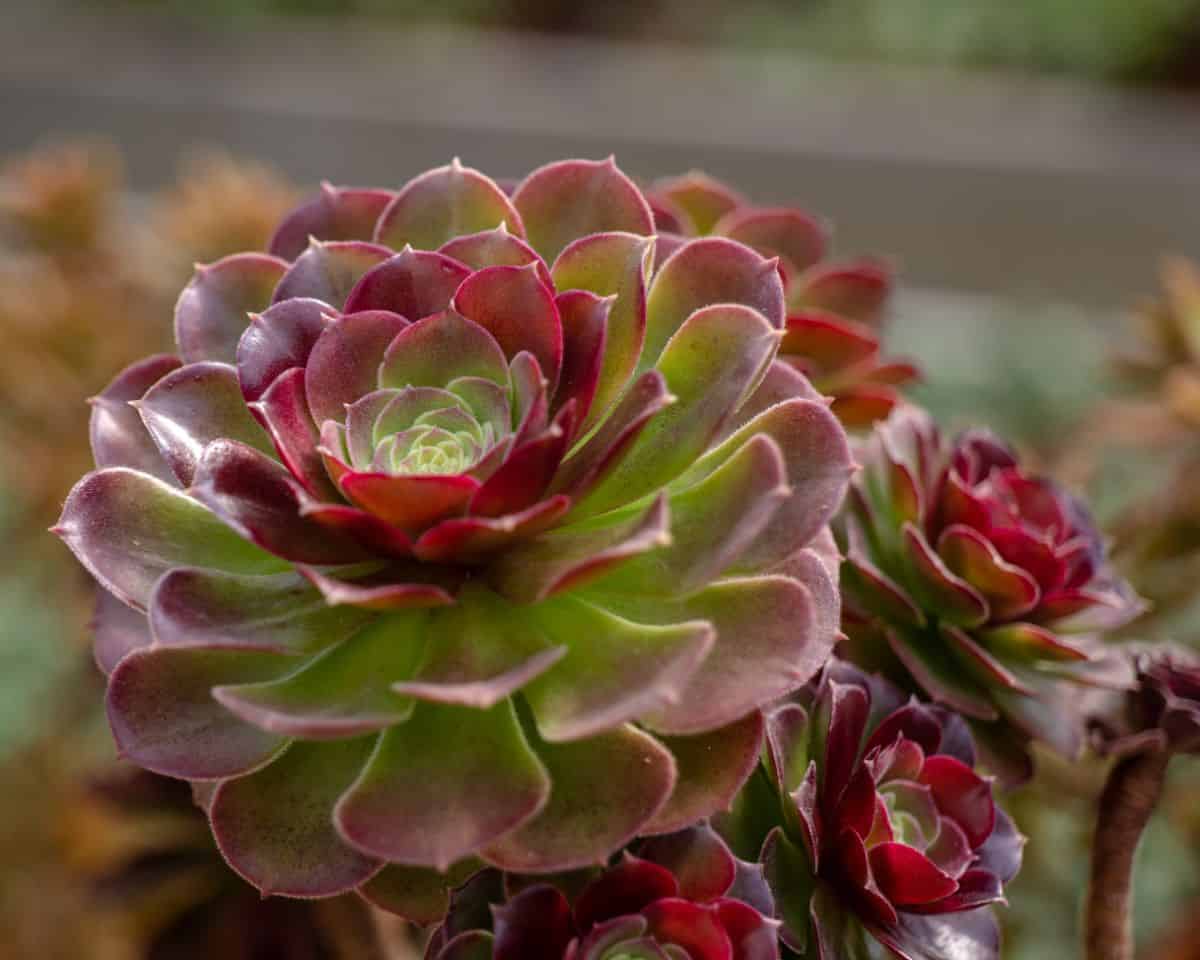Home>Types of Gardening>Edible Gardening>Why Are My Tomato Seedlings Turning Purple


Edible Gardening
Why Are My Tomato Seedlings Turning Purple
Published: January 6, 2024
Learn why your tomato seedlings are turning purple and how to fix it in this guide to edible gardening. Get expert tips and advice for healthy plants.
(Many of the links in this article redirect to a specific reviewed product. Your purchase of these products through affiliate links helps to generate commission for Chicagolandgardening.com, at no extra cost. Learn more)
Table of Contents
Introduction
Understanding the Mystery of Purple Tomato Seedlings
When you first notice your tomato seedlings taking on a purple hue, it can be quite perplexing. After all, you've carefully nurtured them, ensuring they receive adequate water, sunlight, and care. However, the unexpected discoloration leaves you wondering if you've missed a crucial step in their care routine.
Don't worry – you're not alone in this experience. Many gardeners have encountered the enigma of purple tomato seedlings, and there are several factors that could be contributing to this phenomenon. In this comprehensive guide, we'll delve into the various reasons behind this puzzling occurrence, equipping you with the knowledge to identify, prevent, and address the issue.
As we embark on this exploration, it's important to approach the topic with an open mind and a willingness to adapt our gardening practices. By understanding the underlying causes of purple tomato seedlings, we can cultivate a deeper appreciation for the complexities of plant growth and nurture thriving, vibrant gardens. So, let's unravel the mystery together and empower ourselves with the insights needed to foster healthy tomato seedlings.
Understanding the Causes of Purple Tomato Seedlings
Before diving into the potential causes of purple tomato seedlings, it’s essential to recognize that these young plants can exhibit a range of hues as they develop. While variations in color may initially raise concerns, they often stem from natural processes or manageable factors. However, when the purple tint becomes pronounced, it signals an underlying issue that warrants attention.
One common culprit behind purple tomato seedlings is nutrient deficiencies. These young plants require a delicate balance of essential nutrients to thrive, and any imbalance can manifest as discoloration. Additionally, temperature stress can play a significant role in altering the pigmentation of tomato seedlings. Fluctuations in temperature, especially cold snaps, can trigger the development of purple hues as the plants struggle to adapt.
Furthermore, genetic factors may contribute to the manifestation of purple coloration. Certain tomato varieties are more prone to displaying this trait, and understanding the genetic predispositions of your chosen cultivars can shed light on their coloration patterns. Additionally, pests and diseases can exert stress on tomato seedlings, leading to changes in pigmentation as the plants respond to these threats.
By comprehensively exploring these potential causes, we can gain a deeper understanding of the intricate mechanisms at play within tomato seedlings. Armed with this knowledge, we can take proactive measures to address the root causes of purple discoloration and foster optimal growing conditions for these young plants.
Nutrient Deficiencies
One of the primary factors contributing to the development of purple hues in tomato seedlings is nutrient deficiencies. These young plants rely on a balanced intake of essential nutrients to support their growth and development. When crucial elements are lacking, it can manifest as distinct discoloration, signaling the need for intervention.
Among the key nutrients that play a pivotal role in the health of tomato seedlings are nitrogen, phosphorus, and potassium. Nitrogen deficiency, for instance, can lead to a characteristic purpling of the leaves, particularly in the lower parts of the plant. This discoloration stems from reduced chlorophyll production, impacting the plant’s ability to harness sunlight for photosynthesis.
Similarly, phosphorus deficiency can contribute to the emergence of purple hues in tomato seedlings. As phosphorus plays a vital role in energy transfer within the plant, its scarcity can impede normal metabolic processes, leading to visible signs of stress. Inadequate potassium levels, another common concern, can also manifest as purple discoloration, often accompanied by stunted growth and diminished overall vigor.
Addressing nutrient deficiencies requires a multifaceted approach, beginning with a thorough assessment of the growing environment and soil composition. Conducting a soil test can provide valuable insights into the nutrient profile and guide targeted amendments to rectify any deficiencies. Additionally, incorporating organic matter and balanced fertilizers can bolster the nutrient content of the soil, nurturing a supportive environment for the tomato seedlings.
By recognizing the pivotal role of nutrients in sustaining the vitality of tomato seedlings, we can proactively mitigate the risk of purple discoloration and cultivate an environment conducive to robust, thriving plants.
Temperature Stress
Temperature fluctuations can exert a significant impact on the development of tomato seedlings, often manifesting as visible changes in pigmentation. When subjected to abrupt shifts in temperature, especially sudden cold spells, these young plants may respond by exhibiting purple hues as a physiological response to stress.
During periods of cold weather, the normal functioning of tomato seedlings can be disrupted, leading to a slowdown in metabolic processes. As a result, the plants may struggle to absorb and utilize essential nutrients, compounding the effects of any existing deficiencies and potentially triggering the emergence of purple discoloration.
Moreover, temperature stress can impede the optimal functioning of enzymes within the plant, hindering critical biochemical reactions. This can disrupt the synthesis of chlorophyll, the pigment responsible for the green coloration of leaves, leading to the appearance of purple or reddish hues as chlorophyll levels diminish in response to environmental stress.
To mitigate the impact of temperature stress on tomato seedlings, it’s essential to implement protective measures during adverse weather conditions. Shielding the young plants from cold snaps using row covers or cloches can offer a buffer against extreme temperatures, fostering a more stable microclimate for their growth. Additionally, situating the seedlings in sheltered areas and providing supplemental heat sources, such as heat mats, can help safeguard them from the detrimental effects of temperature fluctuations.
By acknowledging the influence of temperature stress on the pigmentation of tomato seedlings, we can proactively implement strategies to mitigate its impact and create a nurturing environment that promotes healthy, vibrant growth.
Genetic Factors
Genetic predispositions inherent to certain tomato varieties can contribute to the manifestation of purple hues in their seedlings. These genetic factors influence the plants’ pigment production and response to environmental stimuli, shaping their distinctive coloration patterns.
Some tomato cultivars are inherently more prone to developing purple pigmentation, especially in their early growth stages. This trait is often linked to the presence of specific anthocyanins, natural pigments that can imbue plant tissues with hues ranging from red to purple. While these compounds contribute to the visual appeal of certain varieties, their expression can be influenced by genetic factors and environmental conditions.
Furthermore, the genetic makeup of tomato seedlings can influence their resilience to stressors, including temperature fluctuations and nutrient imbalances. Certain cultivars may exhibit a heightened propensity to develop purple hues in response to environmental stress, reflecting the intricate interplay between genetics and external factors in shaping their phenotypic traits.
Understanding the genetic underpinnings of the tomato varieties being cultivated is crucial for interpreting the emergence of purple pigmentation in their seedlings. By recognizing the influence of genetic factors, gardeners can gain valuable insights into the natural variations exhibited by different cultivars and appreciate the nuanced interplay between genetics and environmental influences on plant development.
Pests and Diseases
External stressors, such as pests and diseases, can exert a profound impact on the health and pigmentation of tomato seedlings. When these young plants are besieged by pests or pathogens, their physiological responses may include the development of purple discoloration as a visible indicator of stress and compromised vitality.
Several pests, including aphids and whiteflies, can inflict damage on tomato seedlings, siphoning vital nutrients and impeding their growth. As the plants grapple with infestations, their metabolic processes may be disrupted, leading to alterations in pigment production and the emergence of purple hues in response to the stress imposed by these voracious pests.
Similarly, diseases such as fungal infections and viral pathogens can undermine the well-being of tomato seedlings, triggering physiological changes that manifest as visible discoloration. The onset of diseases can compromise the plants’ ability to assimilate nutrients and carry out essential metabolic functions, culminating in the development of purple pigmentation as a consequence of the underlying physiological disturbances.
Preventing and addressing pest and disease pressures is essential for safeguarding the health and vibrancy of tomato seedlings. Implementing proactive measures, such as regular monitoring for signs of infestations and promptly addressing any pest or disease outbreaks, can help mitigate the risk of purple discoloration stemming from these stressors. Additionally, fostering optimal growing conditions, including proper spacing and adequate ventilation, can bolster the resilience of the seedlings against pest and disease pressures.
By recognizing the impact of pests and diseases on the pigmentation of tomato seedlings, we can prioritize vigilant garden management practices to fortify the young plants against these potential threats and nurture their growth with care and diligence.
Preventing and Treating Purple Tomato Seedlings
Proactive measures can significantly mitigate the risk of purple discoloration in tomato seedlings, fostering their optimal growth and vitality. By addressing potential stressors and implementing targeted interventions, gardeners can create a supportive environment that minimizes the likelihood of purple pigmentation and promotes the flourishing of these young plants.
Soil Nutrition and Amendments
Conducting a thorough assessment of the soil composition and pH levels is essential for gauging the nutrient profile available to the tomato seedlings. Incorporating organic matter, such as compost, and balanced fertilizers can bolster the soil’s nutrient content, addressing potential deficiencies and nurturing a fertile growing medium for the young plants.
Optimizing Growing Conditions
Ensuring that the tomato seedlings are situated in a favorable environment is paramount for their well-being. Providing adequate sunlight, optimal moisture levels, and proper air circulation can create an ideal setting for robust growth, reducing the likelihood of stress-induced purple discoloration.
Vigilant Pest and Disease Management
Regular monitoring for signs of pests and diseases is crucial for early detection and intervention. Implementing preventive measures, such as practicing crop rotation and maintaining proper hygiene in the garden, can mitigate the risk of pest and disease pressures, safeguarding the tomato seedlings from potential stressors.
Temperature Regulation
Shielding the young plants from abrupt temperature fluctuations, especially cold spells, can help minimize the physiological stress they experience. Utilizing protective coverings, such as row covers or cloches, and providing supplemental heat sources when necessary can create a more stable microclimate for the seedlings’ growth.
Responsive Care and Monitoring
Regularly inspecting the tomato seedlings for any signs of stress or discoloration enables prompt intervention when needed. Adjusting care practices based on the plants’ responses and addressing any emerging issues expediently can support their resilience and mitigate the risk of prolonged purple discoloration.
By integrating these preventive measures and responsive care practices into their gardening routines, enthusiasts can cultivate thriving tomato seedlings, minimizing the likelihood of purple pigmentation and nurturing the vibrant growth of these young plants.
Conclusion
As we unravel the mystery of purple tomato seedlings, we gain valuable insights into the multifaceted factors that can influence their pigmentation and overall vitality. From nutrient deficiencies and temperature stress to genetic predispositions, pests, and diseases, the emergence of purple hues serves as a visible indicator of the complex interplay between the plants and their environment.
By delving into the nuanced mechanisms at play within tomato seedlings, we equip ourselves with the knowledge to identify, prevent, and address potential stressors that could lead to purple discoloration. Understanding the pivotal role of soil nutrition, growing conditions, and vigilant pest and disease management empowers gardeners to create an optimal environment for the young plants, fostering their robust growth and resilience.
As we tend to our gardens with care and attentiveness, we embrace the dynamic nature of plant development, recognizing that each instance of purple pigmentation in tomato seedlings offers an opportunity for observation, intervention, and learning. Through responsive care and proactive measures, we can cultivate an environment that nurtures vibrant, thriving seedlings, celebrating the beauty and resilience of these remarkable plants.
So, as we embark on our gardening endeavors, let us embrace the complexities of plant growth and cherish the journey of nurturing healthy, flourishing tomato seedlings – a testament to the harmonious interplay between nature and our dedicated stewardship.
